Exotropia cataract 301196-Exotropia following cataract surgery
Key Points Question Does overminus lens therapy improve distance control in children with intermittent exotropia?In exotropia, the eye deviates away from the nose It usually appears in older children and gradually worsens Sometimes children are born with this type of squint In the first picture, the right eye is deviating outwards whereas in the second picture it's the left eye To evaluate the phacoemulsification and intraocular lens implantation in patients with sensory exotropia subsequent to senile cataract The authors prospectively studied the role of phacoemulsification and intraocular lens implantation on 25 patients by observing visual acuity, ocular alignment, binocular vision and diplopia pre, 1 month

Exotropia Eyes Turn Outward Causes Symptoms Treatment Vision Center
Exotropia following cataract surgery
Exotropia following cataract surgery-Nineteen patients reported diplopia due to strabismus after the cataract surgical procedure and were referred for evaluation at the Extrinsic Ocular Motility Department Results Persistent diplopia after cataract surgery occurred in 19 (0093%) of the 453 cases The types of deviations found were exotropia (n=3), esotropia (n=5), hypertropia (n=1), exotropia hypertropia (n=5) and A 52yearold woman developed comitant esotropia after cataract surgery The ocular history was significant for accommodative esotropia;
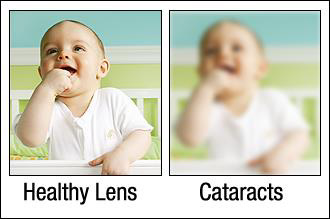



About Cataracts Lexington Eye Associates
In clinic, the sensory exotropia secondary to senile cataract was often observed Prospectively, we examined the patients of sensory exotropia subsequent to senile cataract, who underwent phacoemulsification and intraocular lens implantation, and studied the changes of ocular alignment and binocular vision in these eyesRESULTS Of the 2 children with cataract, 337 had congenital cataract and 485 had acquired cataract Strabismus occurred in 199 (242%) patients;Title = "Ipsilateral hypertropia after cataract surgery", abstract = "Background Reports of acquired strabismus caused by injection of local anesthetics during cataract surgery have increased recently The authors proposed a mechanism to explain the occurrence of strabismus with apparent overactive muscles after cataract surgery
Diplopia is a common presentation to neurology, neuroophthalmology, ophthalmology, and general medicine This article will outline an approach to understanding diplopia through highlighting key facts in the history and exam to guide further workup In bilateral cataract patients with strabismus, axial lengths of esotropiaaffected eyes were statistically shorter than exotropiaaffected eyesOther eye problems can include clouding of the lens (cataract) and a higher risk of glaucoma, an eye disease that increases the pressure in the eye These abnormalities can lead to vision loss or blindness\n\nPeople with OFCD syndrome often have a long, narrow face with distinctive facial features, including deepset eyes and a broad nasal tip
The different types of acquired exotropia are intermittent exotropia, sensory exotropia, exotropia with neurologic causes and field defects, and consecutive exotropia For You News & Perspective St Luke's Cataract and Laser Institute J James Rowsey, MD is a member of the following medical societies The factors reported to affect the surgical results after intermittent exotropia surgery vary widely, including age at the time of surgery, preoperative angle Infantile exotropia is a relatively rare strabismus disorder characterized by outward deviation of one or both eyes Onset is before age 6 months and persists beyond this age ( Figure 1 ) 1,2,3 It is classified as primary infantile exotropia, where patients are healthy with no evidence of systemic or ocular disease ( Table 1 ) 2 It usually




Strabismus




Strabismus Exotropia Esotropia Cover Test Geeky Medics
Strabismus secondary to congenital cataracts occurred in a significant number of patients and increased after cataract extraction Esotropia occurred twice as often as exotropia Strabismus surgery was not required in most of the cases The motor results were better than sensorial results113 (568%) patients had esotropia and 86 (432%) patients had exotropia Of the 38 children with ectopia lentis, strabismus occurred in 5 (132%); This white cataract has been severely limiting the vision of this patient's left eye for about 2 years And during that time, sensory exotropia (sensory XT) developed because of the visual deprivation The patient's other eye is already pseudophakic with a trifocal IOL and we have good biometry from two year prior




Exotropia Central Eye Care




Home Cataract Surgery Cataract Surgery
Sensory exotropia, white cataract 1112 surgical pearls for ocular asymmetry While most patients have eyes that are very similar, there are a few patients where the eyes are remarkably different, More ocular asymmetry Cataract Surgery with prior AmblyopiaThis patient truly needs our help She developed a cataract in the right eye a few years ago and was unable to seek appropriate ophthalmic care until recentl Intermittent exotropia is an exodeviation intermittently controlled by fusional mechanisms Unlike a pure phoria, intermittent exotropia spontaneously breaks down into a manifest exotropia Prevalence Exodeviations are much more common in latent or intermittent form than are esodeviations Of all the exotropia intermittent exotropia comprises about 50



Strabismus Squint Blackrock Eye Care




Crstoday Uveitis And Immunology Expertise Needed
Preoperatively, she manifested peripheral fusion with central suppression Immediately postoperatively, the patient was diplopic with comitant esotropia and was treated with extraocular muscle surgery Both patients had an exotropia and a small (10 PD or less) and incomitant vertical deviation that did not clearly fit a vertical muscle palsy, without subjective 442 J CATARACT REFRACT SURGVOL 25, MARCH 1999 CASE REPORTS BROWN torsion Introduction Intermittent exotropia is the most common form of strabismus, characterized by an intermittent outward deviation of the eyes, affecting as much as 1% of the population 1,2 This condition most often presents in childhood and affects females more than males Control of the intermittent deviation can vary throughout the day 3,4




What Is The Critical Finding Here Cataract Coach



2
The causes for sensory exotropia can be varied – ptosis (drooping of eyelid to obstruct vision, cloudiness of the cornea, cataract, tumors likeIt is a common type of strabismus About a quarter of all children with strabismus have exotropia There are different types of exotropia The condition can be visually noticeable either all the time or just sometimes Exotropia can be present at birth or occur later in life The initial ophthalmologic evaluation showed a 12prism diopter (PD) exotropia, and ocular motility evaluation revealed marked limitation of adduction without vertical limitation One year after cataract surgery, the exodeviation increased up to 60 PD
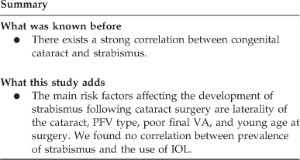



Strabismus Developing After Unilateral And Bilateral Cataract Surgery In Children Eye




Exotropia Pediatric Ophthalmic Consultants
Ansar et al (18) reported 12 patients from 3 unrelated consanguineous Pakistani families with bilateral infantile or early childhood cataracts Other ocular features included exotropia, bilateral amblyopia, distorted or constricted pupils, divergent squint, and pendular nystagmusExotropia Exotropia is the type of eye misalignment, or strabismus, where the eye turns out Another term used for this condition is "Wall Eyed" An exotropia can be congenital or acquired, constant or intermittent The more common is an intermittent exotropia, where the eye only turns out when the patient is tired, daydreaming or sick Childhood cataracts or glaucoma It is important to distinguish that exotropia is not a disease in and of itself This condition refers to a motility disturbance (abnormal eye movements or trouble in managing eye movements) It can occur as a result of a



Kundoc Com




Pediatric Cataracts Pediatric Ophthalmic Consultants
Very poor vision in one eye Third cranial nerve palsy, which can paralyze or weaken eye muscles Risk factors for exotropia include Family history of amblyopia ("lazy eye"), childhood cataract, glaucoma, or any type of strabismus Certain genetic disorders that affect the eyeTo evaluate the phacoemulsification and intraocular lens implantation in patients with sensory exotropia subsequent to senile cataract The authors prospectively studied the role of Often mislabeled a childhood disease, strabismus can be treated in adults, with visual and psychosocial benefits Strabismus, whether it is newonset or a reappearance of childhood strabismus, can usually be successfully treated in adults Surgical and nonsurgical treatment options are available, and treatment choice is typically based on the
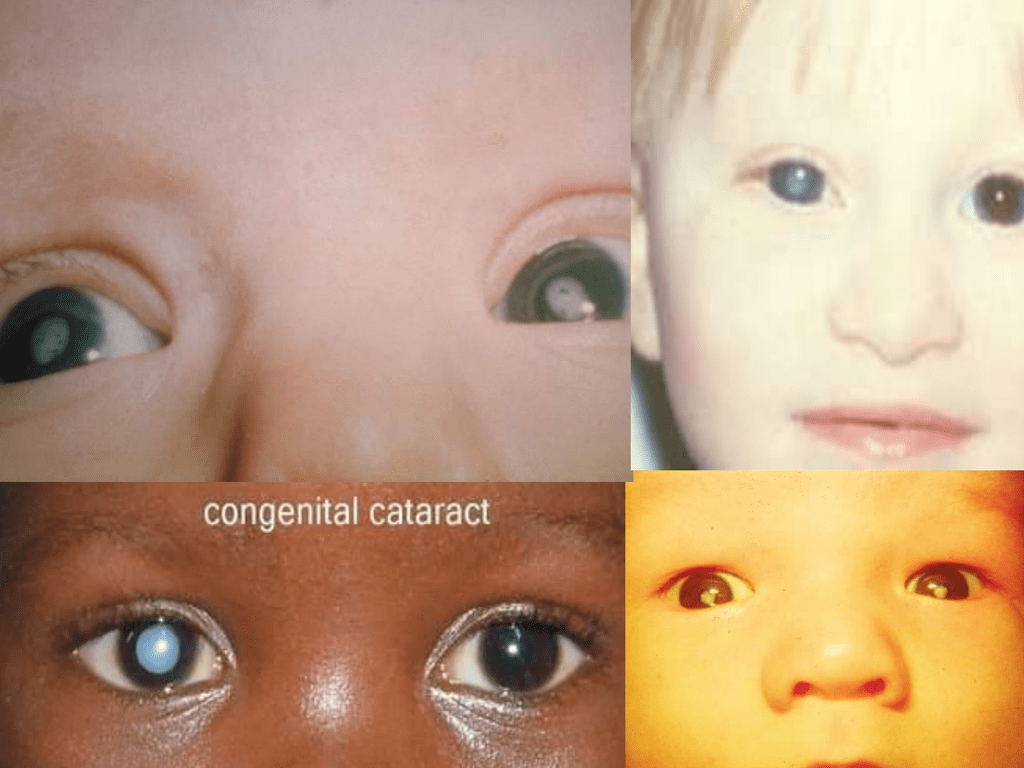



Congenital Cataract




Case Report Microphthalmos Associated With Cataract Persistent Fetal Vasculature Coloboma And Retinal Detachment Semantic Scholar
The European Registry of Quality Outcomes for Cataract and Refractive Surgery (EUREQUO) reported the most common complications occurred after those refractive surgery procedures taking place between 04 and 14 Yildirim et al reported a case of 35 Δ intermittent exotropia after LASIK surgery in a subject having high preoperative myopiaMay happen more often to the point where it becomes constant In exotropia, the eyes do not realign Some people notice their vision becomes blurry or they have double vision when their eye points outward while others have no symptoms Most often, those people who have no symptoms have poor visionFrom general eye services to diagnosis and treatment of cataracts, glaucoma, retinal or corneal problems, and more , Lexington Eye Associates provides outstanding eye care for the Boston area, including Lexington, Concord, Arlington, and Westford and the surrounding communities Request a Consult ation (781) 876 Eyecare Eye Education




Exotropia Pediatric Ophthalmic Consultants




Exotropia Condition Ut Southwestern Medical Center
ECCE c IOL Extracapsular cataract extraction with PRP Panretinal photocoagulation intraocular lens implantation PSC Posterior subcapsular cataract Exotropia, intermittent exotropia L HoT, R HoT Left Hypotropia, right hypotropia X, X' exophoria, exophoria at nearThis patient has more than just a white cataract and you will need to step back from the slitlamp microscope to fully appreciate it This white cataract hasExotropia, or "walleye," occurs when the eyes turn outward This occurs most often when a child is focusing on distant objects The main sign of exotropia is an eye that is not straight The exotropia may occur only from time to time, especially when the child is daydreaming, tired, or sick




Third Nerve Palsy Following Cataract Surgery With Sub Tenon S Anaesthesia Eye News
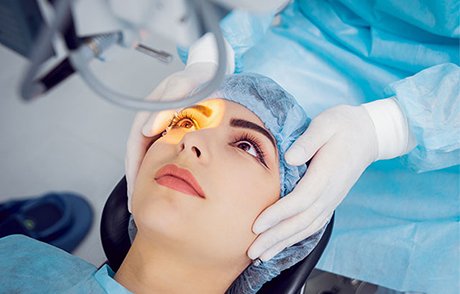



Our Procedures Nyc Eye Specialist Dr Edwin Schottenstein
Manifest intermittent exotropia may increase with time and become constant exotropia Sensory deprivation exotropia Sensory deprivation exotropia is due to disruption of binocular reflexes by acquired conditions like opaque media due to a disease or cataract It begins in children over five years of age or in adultsExotropia is a common type of strabismus that occurs when misaligned eyes deviate outward Exotropia (also known as walleye or divergent strabismus) differs from its opposite form, esotropia (eye turns in toward nose), in that exotropic eyes point outward or away from the nose Exotropia can occur in one or both eyesExotropia is a form of strabismus (eye misalignment) in which one or both of the eyes turn outward It is the opposite of crossed eyes, or esotropia Exotropia may occur from time to time (intermittent exotropia) or may be constant, and is found in every age
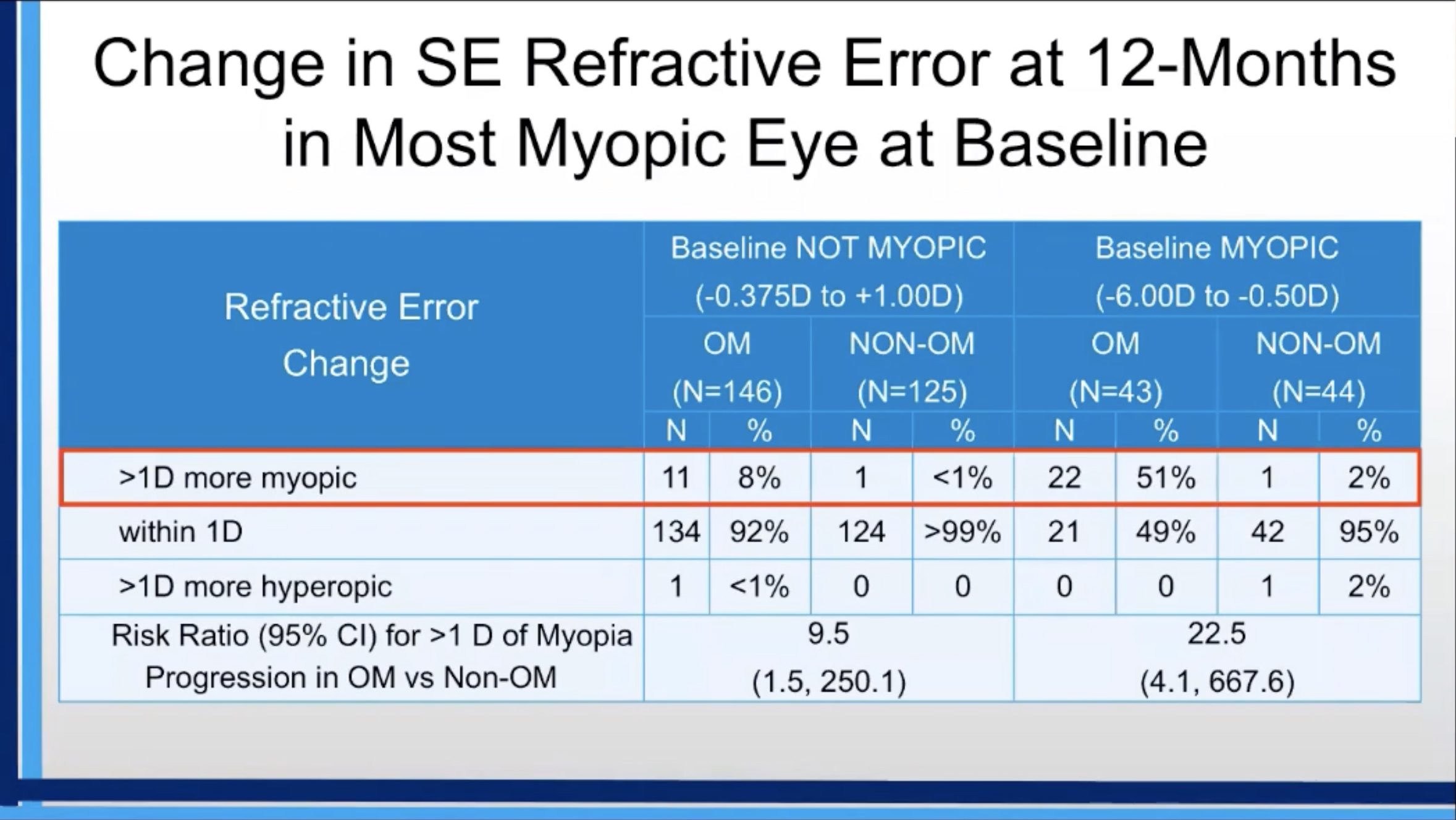



Overminus Lenses Associated With Myopia Progression




Crstoday Which Eye To Treat
What is Exotropia Exotropia, a form of Strabismus, is the outward deviation (turn) of an eye and occurs in 12% of children by 7 years of age and occurs equally in males and femalesIn exotropia, one or both eyes turn out What are the symptoms TheExotropia is a form of strabismus where the eyes are deviated outward It is the opposite of esotropia and usually involves more severe axis deviation than exophoriaPeople with exotropia often experience crossed diplopiaIntermittent exotropia is a fairly common condition "Sensory exotropia" occurs in the presence of poor vision in one eye1 patient had esotropia and 4 patients had exotropia




11 Beware Of Sensory Exotropia Cataract Coach



Editorial The Untapped Use Of Silicone Hydrogels
Exotropia is a type of strabismus, which is a misalignment of the eyes Exotropia is a condition in which one or both eyes turn outward away from the nose It's the opposite of crossed eyes Cataract and Other Lens Disorders Ophthalmology Select Your Interests We have also found that most patients who show an increase in their near angle of exotropia with both monocular occlusion and 300D lenses will appear to have a normal AC/A ratio if the 300D lens test at near is performed after monocular occlusion has eliminated TPFH bupivacaine hydrochloride 05% The initial ophthalmologic evaluation showed a 12prism diopter (PD) exotropia, and ocular motility evaluation revealed marked limitation of adduction without vertical limitation One year after cataract surgery, the exodeviation increased up to 60 PD The patient underwent an 80mm recession of the right lateral rectus and a 60mm recession of the




About Cataracts Lexington Eye Associates
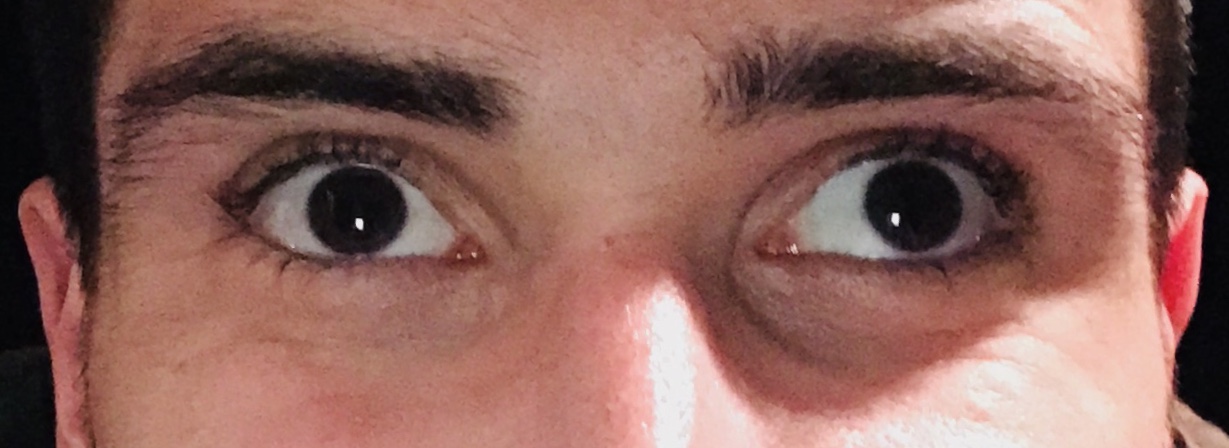



Strabismus Wikipedia
Findings This randomized clinical trial found that mean distance exotropia control was significantly better among 386 children aged 3 to 10 years treated with overminus spectacles vs nonoverminus spectacles for 12 months;




Pe Eye Pathologies Flashcards Quizlet




Pdf Sensory Exotropia Due To Keratoconus And Review Of The Literature Semantic Scholar



The Ongoing Challenge Of Intermittent Exotropia American Academy Of Ophthalmology



V Pattern Exotropia American Academy Of Ophthalmology




Providers In Charlotte Who Treat Strabismus




Rubella Cataract And Retinopathy Bmj Case Reports




Problems Of Exotropia Journal Of Pediatric Ophthalmology Strabismus




Prevalence Of Eye Diseases Download Table
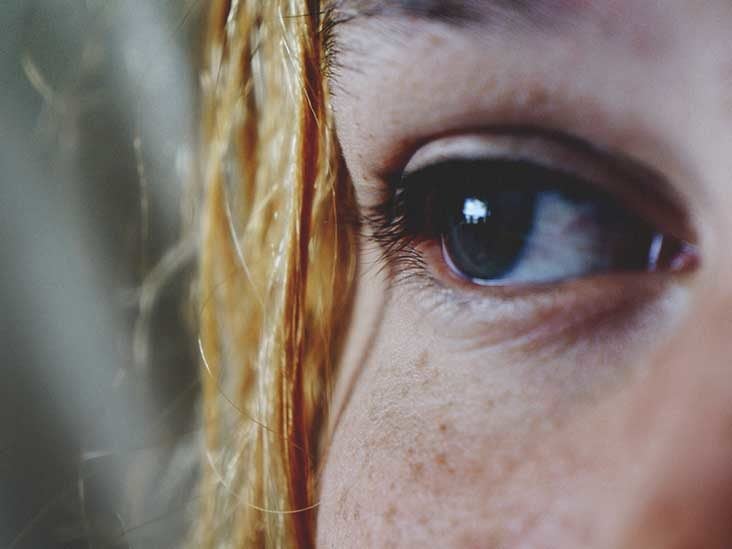



Exotropia Symptoms Management And More



Article On Strabismus Standard Of Care
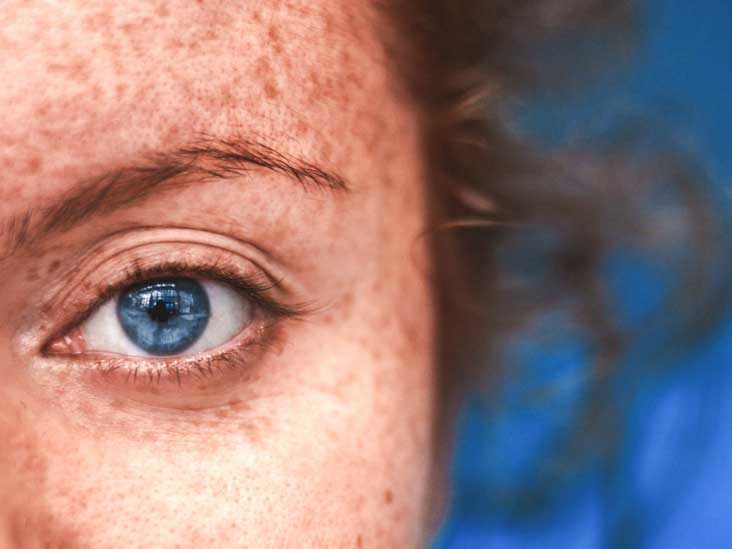



Exophoria Definition Treatment And How It Compares To Exotropia



1




Exotropia Eyes Turn Outward Causes Symptoms Treatment Vision Center




Exotropia Before After Sum0013 Stock Eye Images




Capella Eyecare Exotropia Strabismus Is A Condition In Which One Eye Is Looking Straight And The Other Eye Is Turned Inward Outward Upward Downward As You Can See From This Photo




Exotropia Consatant Early Onset Exotropia 1 Presentation Is Often At Birth 2 Signs Normal Refraction Large And Constant Angle Dvd May Be Ppt Download




Cataract And Artificial Pupil Old Book Illustrations




Pdf Supermaximal Recession And Resection In Large Angle Sensory Exotropia Semantic Scholar




Strabismus Pediatrics Merck Manuals Professional Edition




Strabismus Surgery For Misaligned Eyes Crossed Eyes Or Wall Eyes




Pdf Sensory Exotropia




Pediatric Cataracts Pediatric Ophthalmic Consultants




Strabismus In Developmental Cataract Semantic Scholar




Can Cataract Surgery Correct Lazy Eye




Outcome Of Strabismus In Children With Cataracts




Exotropia Wikipedia




Congenital Cataract Wikipedia




Gulf View Medical Centre Exotropia Misalignment Of The Eyes Learn More About The Symptoms Causes Complications Treatment What Is Exotropia Exotropia Is A Type Of Strabismus Which Is A
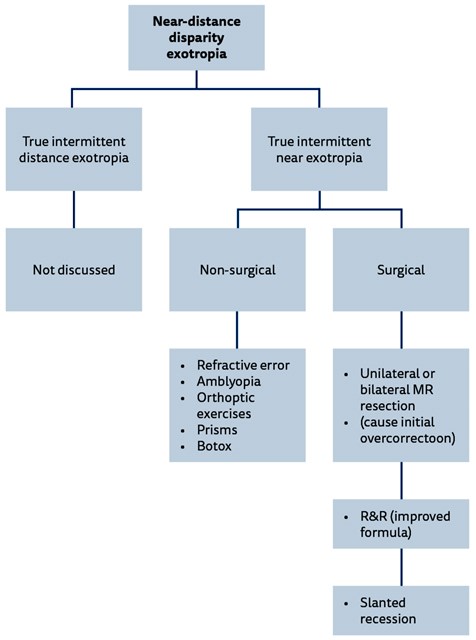



Management Of Squint With Near Distance Angle Disparity Eye News




What Is The Critical Finding Here Cataract Coach




A Preoperative Photograph Of Case 3 With Contact Lenses Showing Download Scientific Diagram




Outcome Of Strabismus In Children With Cataracts
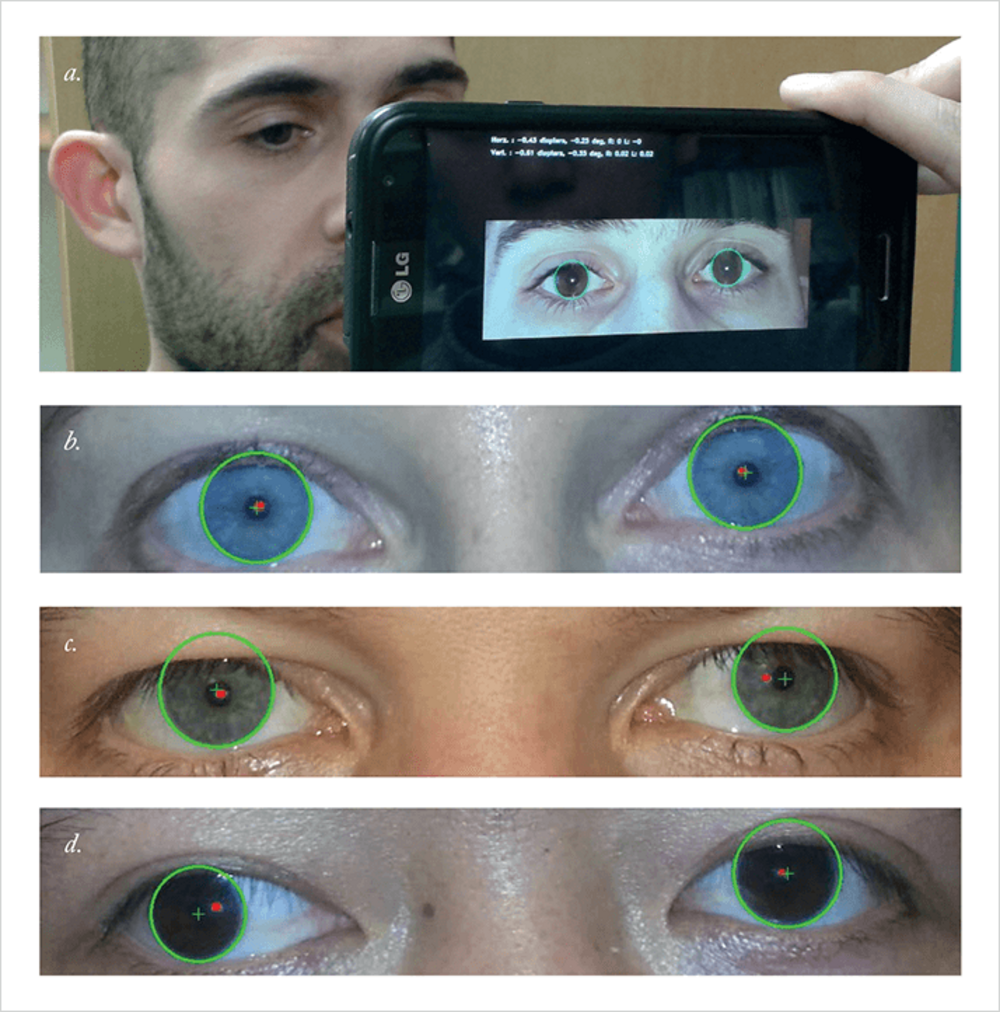



Strabismus Screening Now There S An App For That
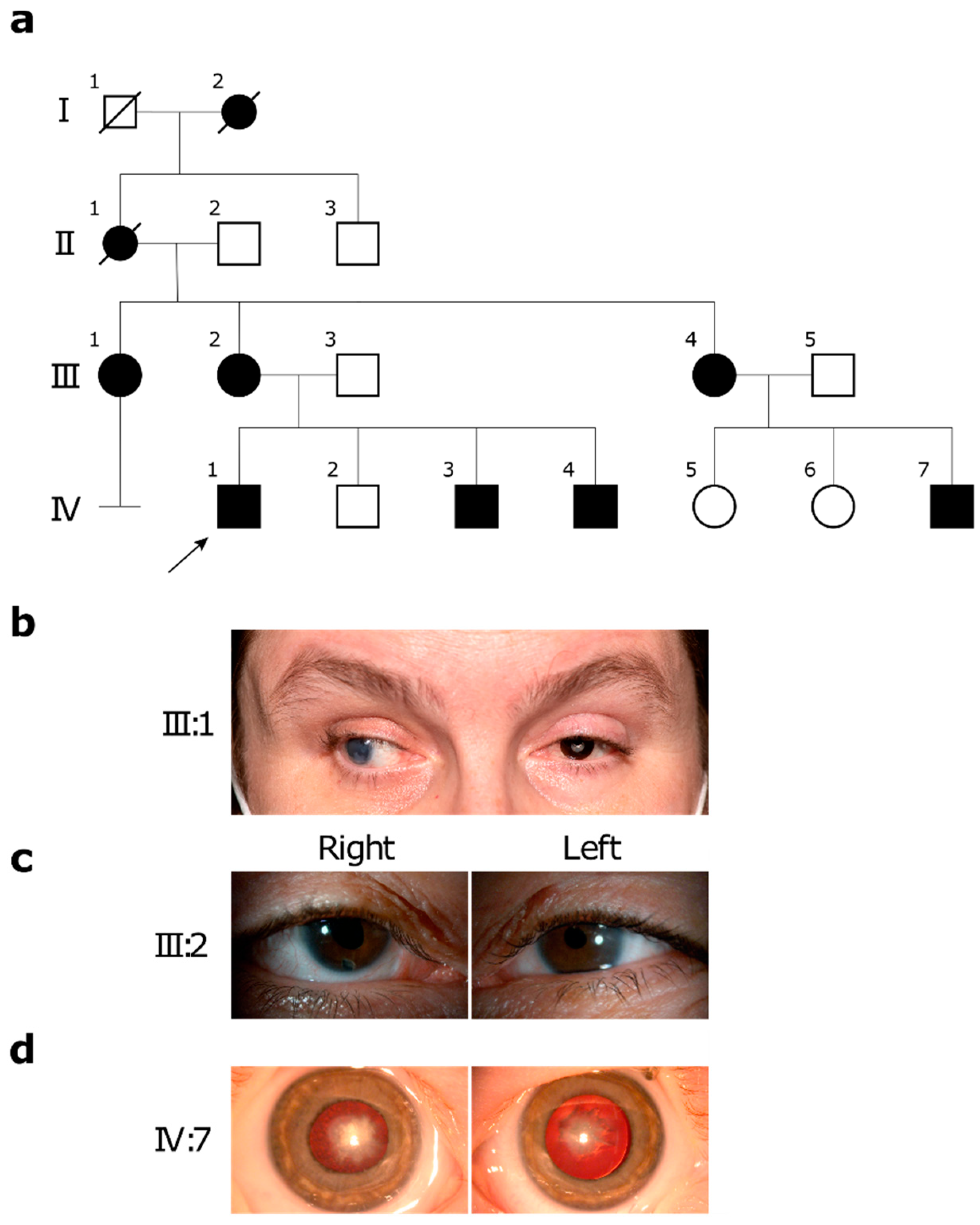



Ijms Free Full Text Epha2 Segregates With Microphthalmia And Congenital Cataracts In Two Unrelated Families Html



Early Surgery For Intermittent Exotropia Tracks With Better Outcomes American Academy Of Ophthalmology
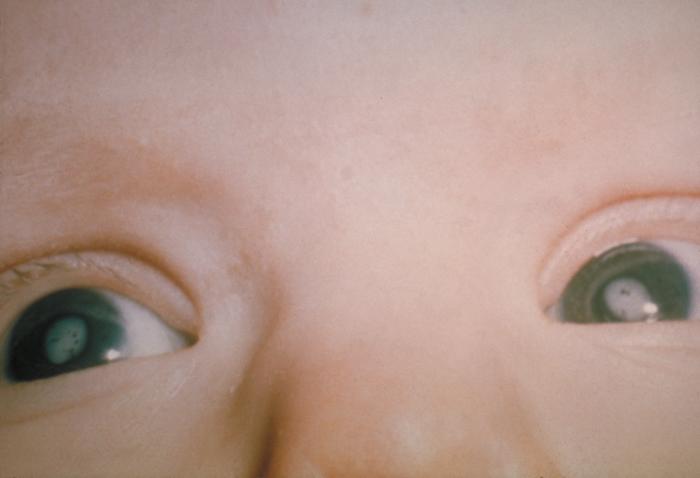



Congenital Cataract Wikipedia
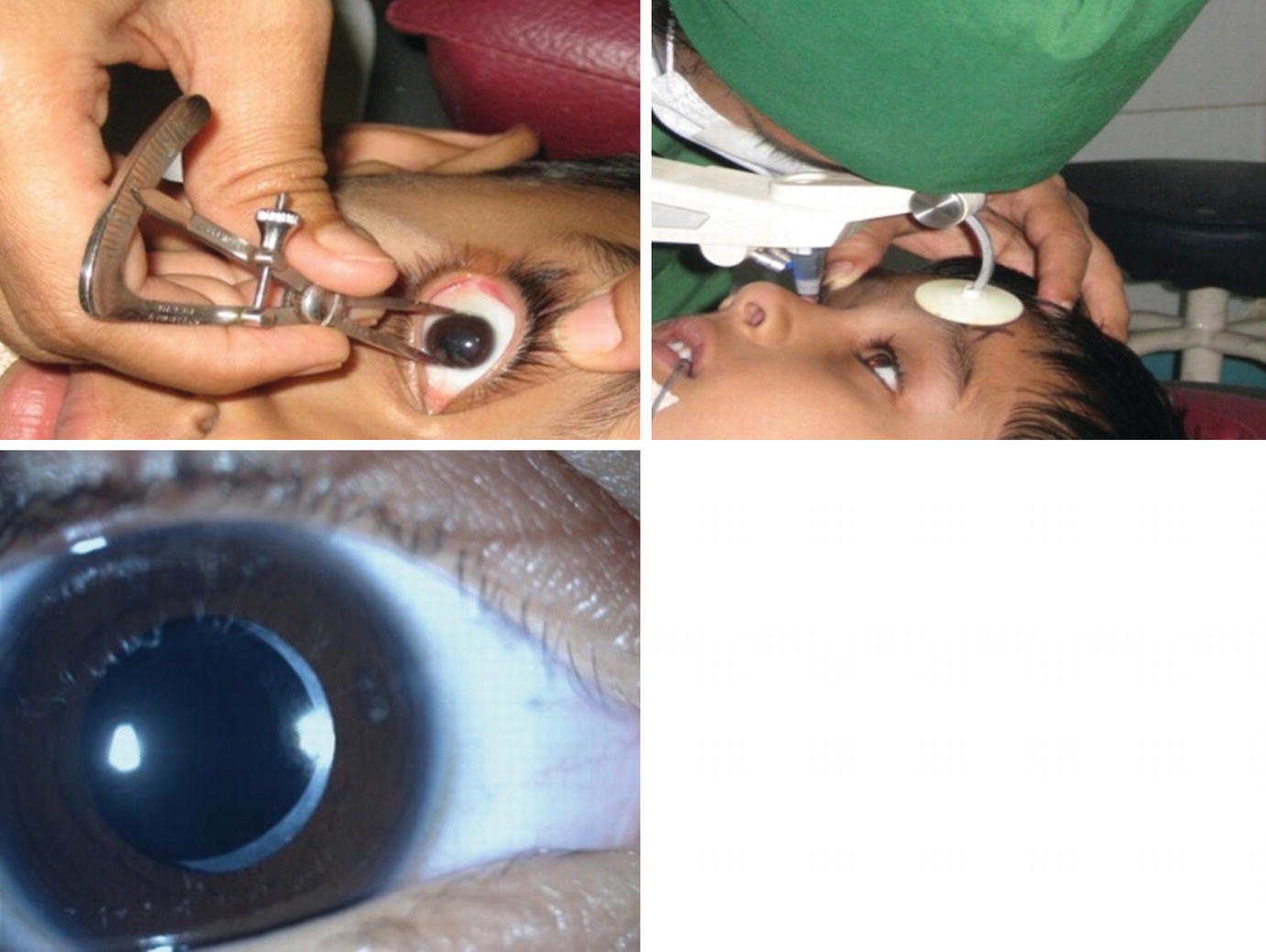



Post Operative Rehabilitation After Cataract Surgery In Children Springerlink




Strabismus




Why Are Some Patients So Afraid Of Cataract Surgery Youtube




Diplopia Following Cataract Surgery A Review Of 150 Patients Eye




Exotropia Wikipedia




Jaypeedigital Ebook Reader




Exotropia Eye Doctor Eyes Eye Treatment




Scielo Brasil Pediatric Cataracts Clinical Aspects Frequency Of Strabismus And Chronological Etiological And Morphological Features Pediatric Cataracts Clinical Aspects Frequency Of Strabismus And Chronological Etiological And Morphological




Exotropia Eyewiki



Abbondanza Org




Intermittent Exotropia Roque Eye Clinic Eye Com Ph




What Is The Critical Finding Here Cataract Coach




Crstoday Fluctuating Vision




Exotropia Pediatric Ophthalmic Consultants



Amblyopia




Scielo Brasil Pediatric Cataracts Clinical Aspects Frequency Of Strabismus And Chronological Etiological And Morphological Features Pediatric Cataracts Clinical Aspects Frequency Of Strabismus And Chronological Etiological And Morphological




Childhood Cataract Paediatrics And Child Health
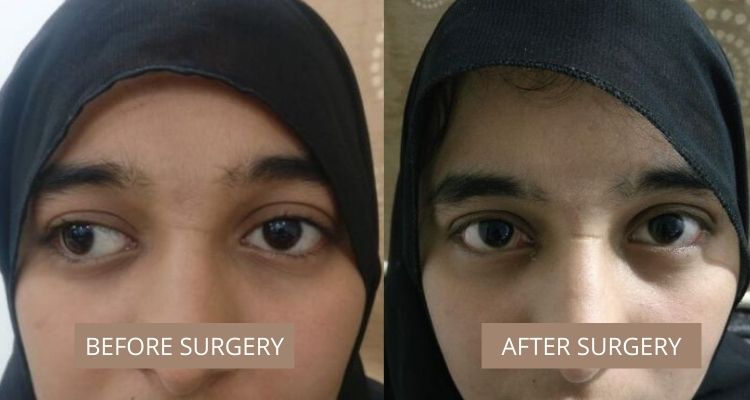



Exotropia Best Squint Treatment In Mumbai Eye Solutions




Pin On Cataract Surgery In Indore
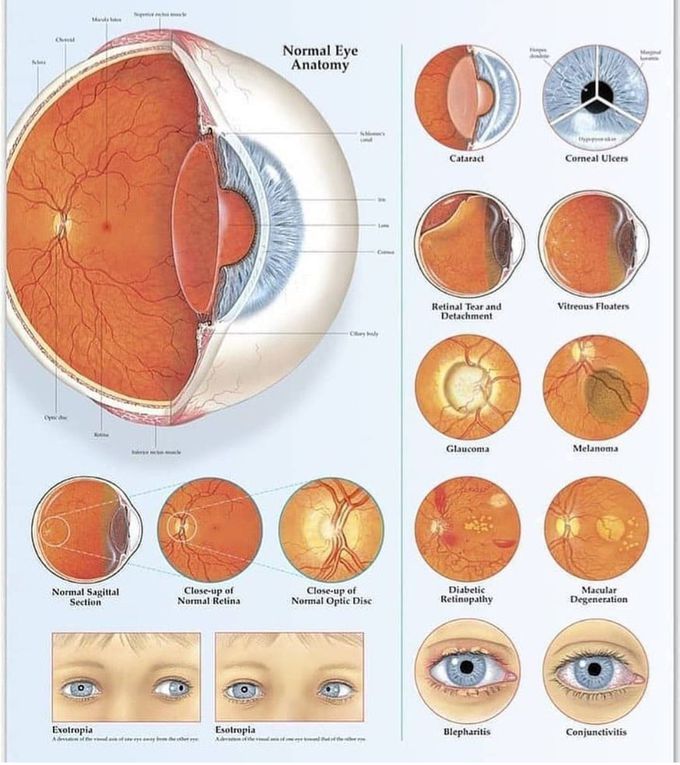



Disorders Of The Eye




Jaypeedigital Ebook Reader




Eye Conditions That Cause Strabismus Optometrists Org
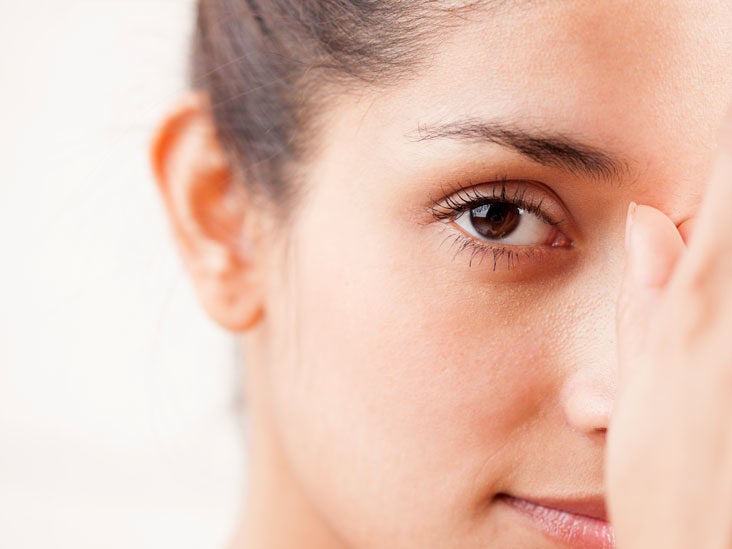



Exotropia Symptoms Management And More




Strabismus And Eye Muscle Surgery G Vike Vicente




Illustration Of Congenital Cataract In An Infant Royalty Free Cliparts Vectors And Stock Illustration Image



Best Pediatric Cataract Surgeon In Chennai
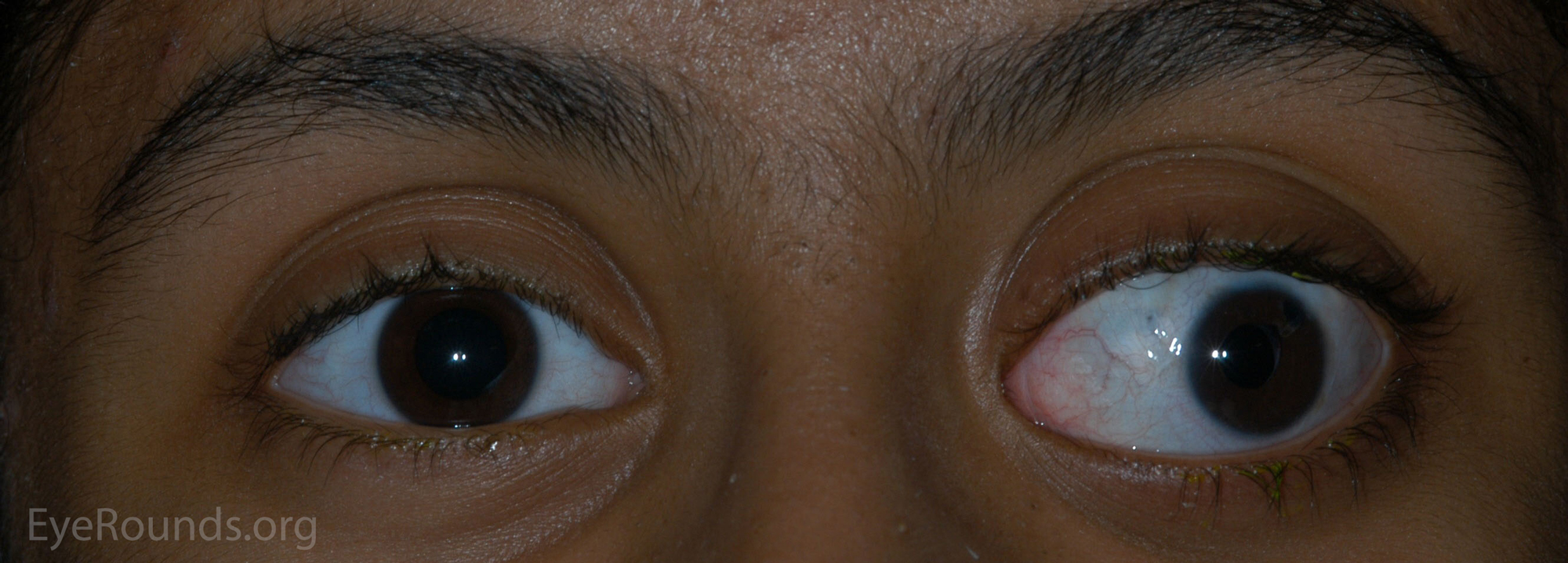



Aphakic Glaucoma




Cataract Eye Surgery Cost Nellore Dngo Care Multi Speciality Care Dngo Care Cashless And Painless Treatments




Pdf Inhibition Of Lens Opacification During The Early Stages Of Cataract Formation Semantic Scholar
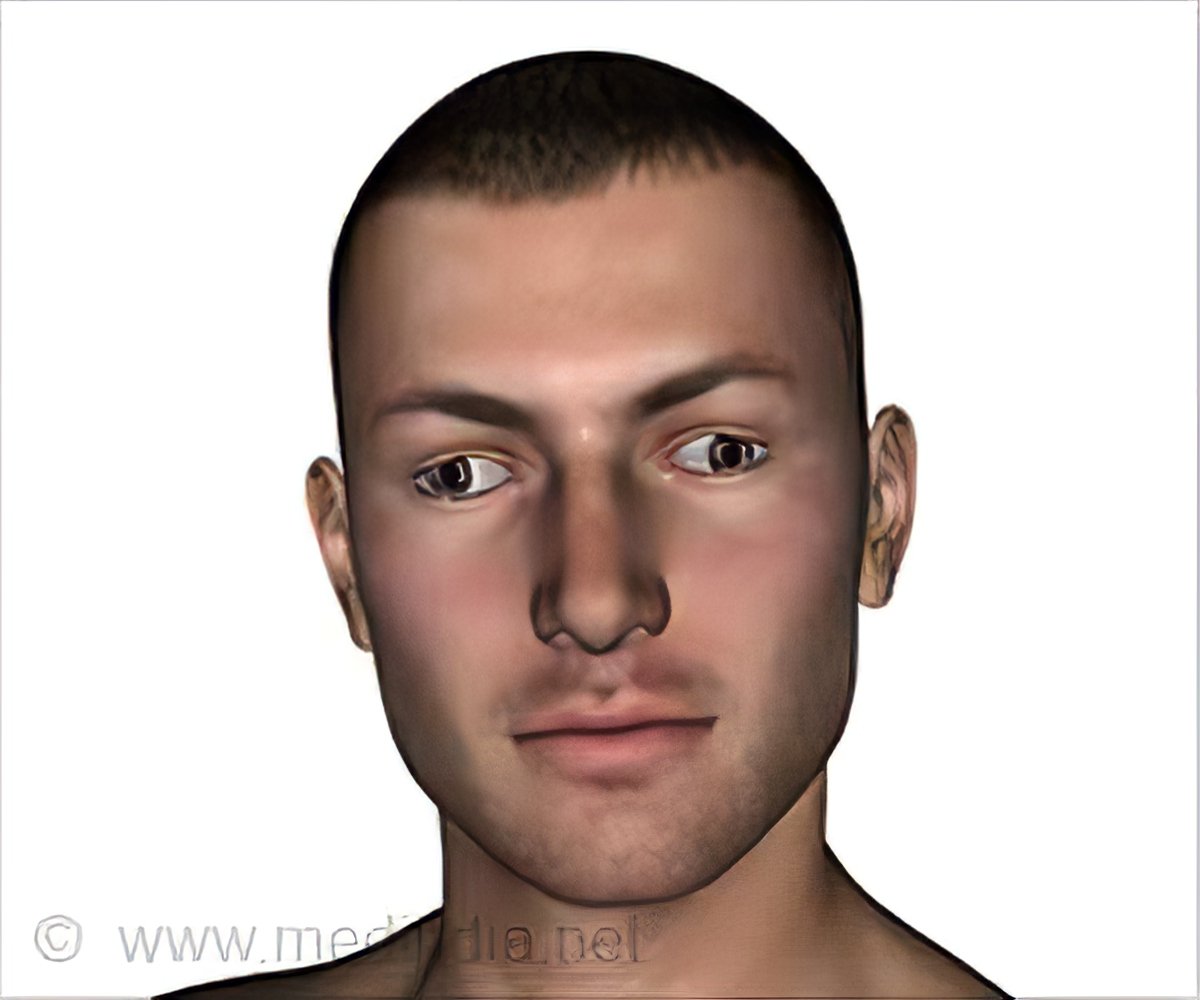



Exotropia Types Symptoms Diagnosis Treatment Prevention




View Image




How To Treat Crossed Eyes Strabismus Vision Eye Eye Exercises Eye Health
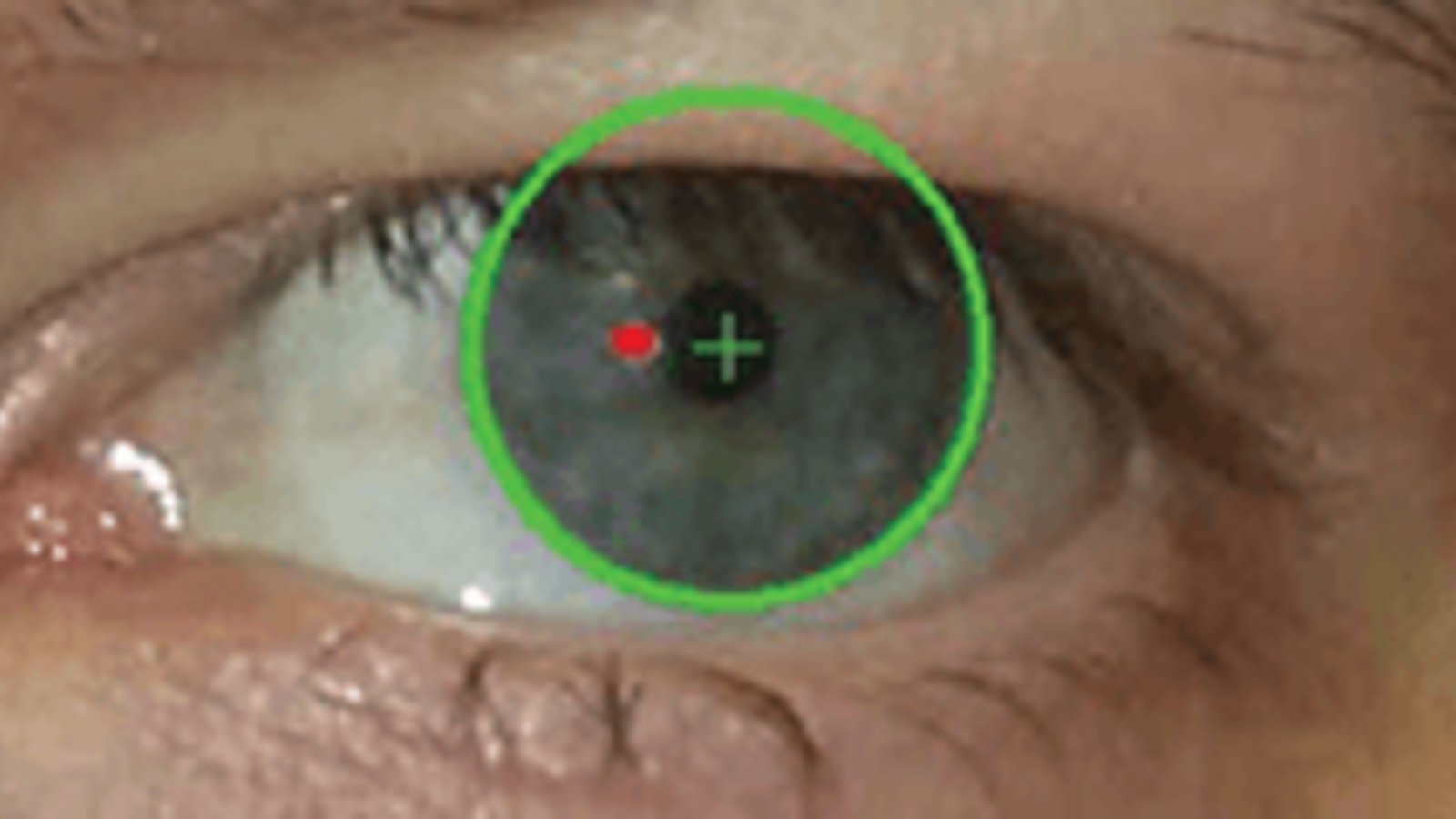



Strabismus Screening Now There S An App For That




Documented Preexisting Strabismus Download Table



Exotropia




Crstoday Uveitis And Immunology Expertise Needed
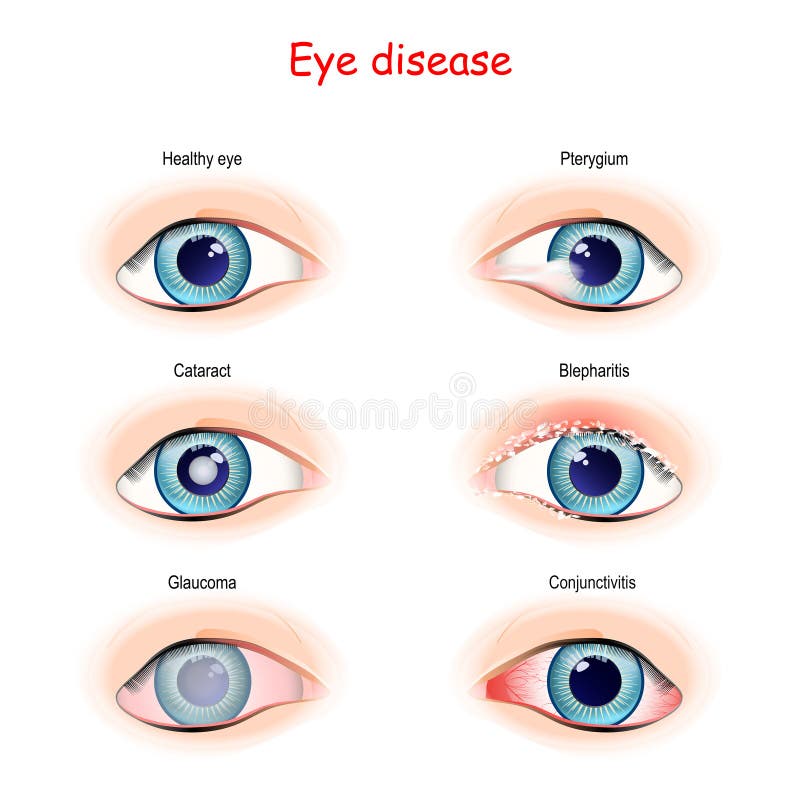



Eye Cataract Stock Illustrations 1 1 Eye Cataract Stock Illustrations Vectors Clipart Dreamstime



Exotropia



2




Jaypeedigital Ebook Reader




Clinical Photograph Of A 12 Year Old Female Patient Presenting With Download Scientific Diagram




Scielo Brasil Pediatric Cataracts Clinical Aspects Frequency Of Strabismus And Chronological Etiological And Morphological Features Pediatric Cataracts Clinical Aspects Frequency Of Strabismus And Chronological Etiological And Morphological
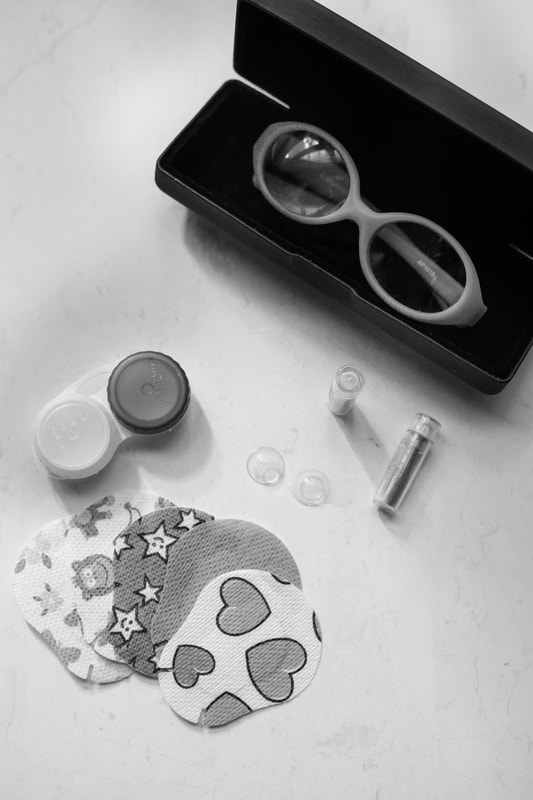



Glossary Australian Childhood Cataract Alliance Cataract Kids Australia



The Ongoing Challenge Of Intermittent Exotropia American Academy Of Ophthalmology
コメント
コメントを投稿